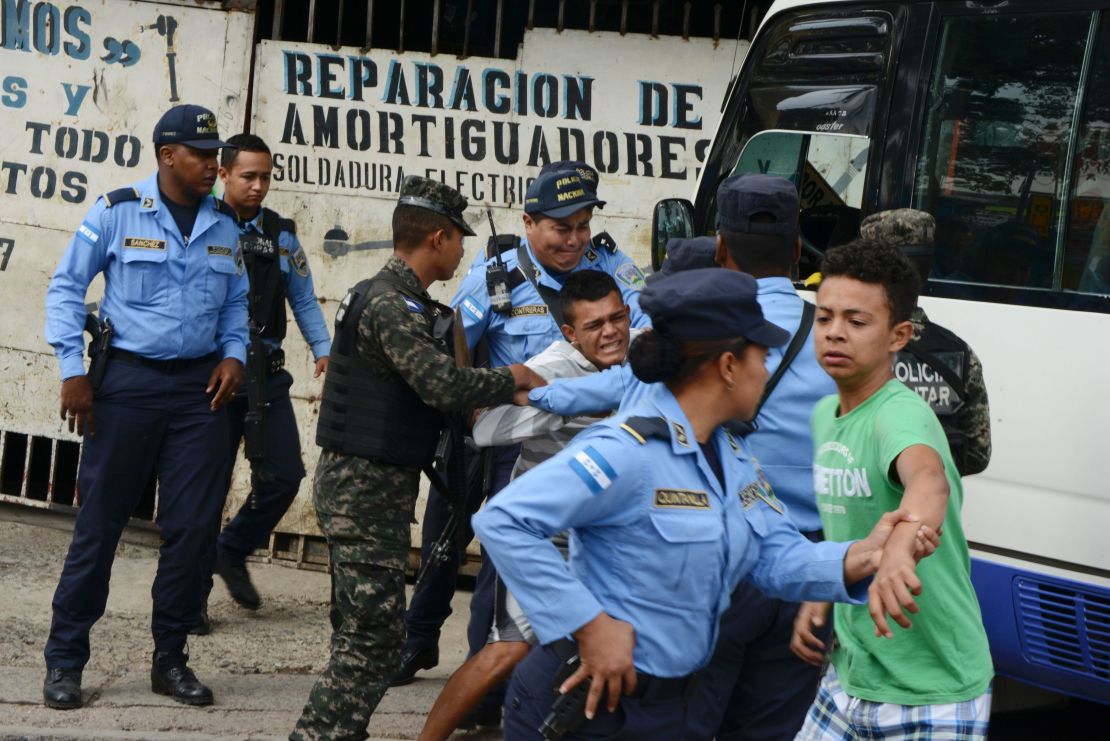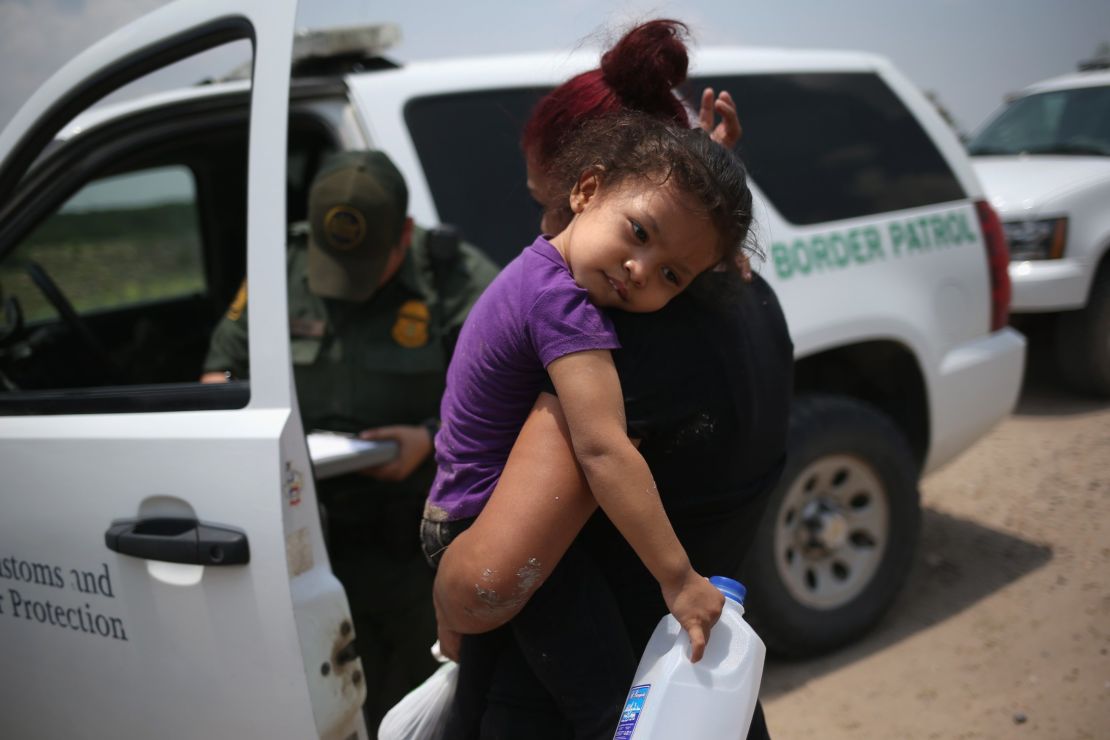It’s not just the fear of deportation that migrants face while crossing the Mexican border to the US. It’s the possibility of a slow, agonizing death while crossing a scorching desert or being crammed between 100 other people in an overheated semi truck.
So what drives these people to take such drastic risks? While some undocumented immigrants crossing the Mexico-US border are indeed Mexican, many embark on much longer journeys – from Central America and beyond.
By the numbers: Thousands of children flood US border from Guatemala, El Salvador
Here’s a snapshot of the conditions in some of the countries they’re fleeing:
Honduras

Gross national income, per capita: $2,150
Population below poverty line: 29.6%
Political strife or other conditions: Violence has plaguedHonduras for years, and the country now has the world’s highest murder rate, according to the CIA World Factbook.
Honduras is also the second-poorest country in Latin America.
Criminals have extorted Hondurans into paying an arbitrary “war tax” for their survival, and those who can’t pay are often killed.
Guatemala

Gross national income, per capita: $3,790
Population below poverty line: 59.3%
Political strife or other conditions: “Guatemalans have a history of emigrating legally and illegally to Mexico, the United States and Canada because of a lack of economic opportunity, political instability, and natural disasters,” the CIA World Factbook says.
Guatemala is the most populous country in Central America. It struggles with malnutrition, infant mortality, and contraceptive awareness and use.
El Salvador

Gross national income, per capita: $3,920
Population below poverty line: 34.9%
Political strife or other conditions: El Salvador grapples with criminal gangs, and Salvadoran immigrants fleeing the country’s civil war started the brutal MS-13 gang decades ago in Los Angeles.
It’s also the most densely populated country in Central America.
Poor economic conditions and natural disasters contributed to many Salvadorans fleeing to the US in recent decades, according to the CIA World Factbook. “The remittances they send home account for close to 20% of GDP, are the second largest source of external income after exports, and have helped reduce poverty.”
Ecuador

Gross national income, per capita: $5,820
Population below poverty line: 25.6%
Political strife or other conditions: Ecuador’s politics have been so unstable in recent decades that three of the last four democratically elected presidents were ousted mid-term after protests.
While more Ecuadorians are climbing out of poverty, the country has been devastated by natural disasters, such as a 2016 earthquake that killed more than 650 people.
According to the CIA World Factbook, Ecuador also has a high risk for diseases such as typhoid fever, dengue fever and malaria.
